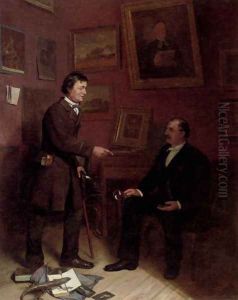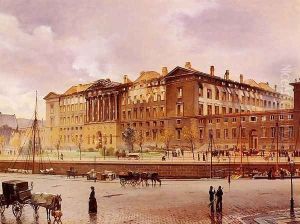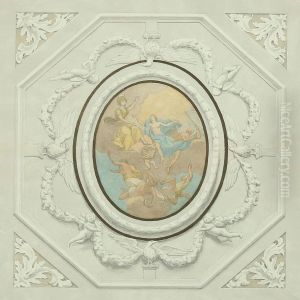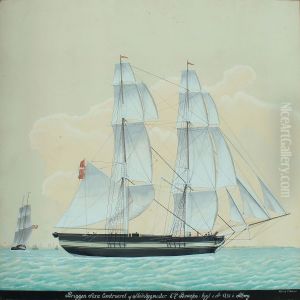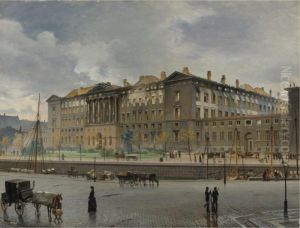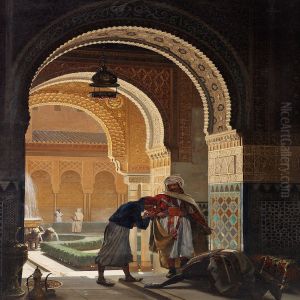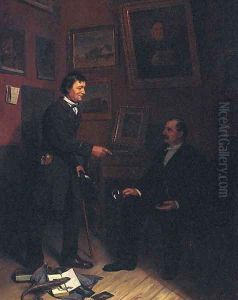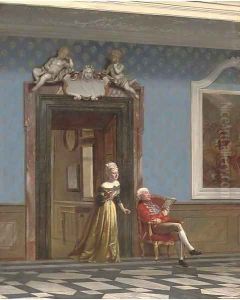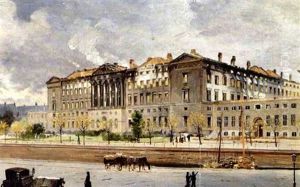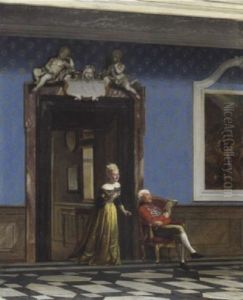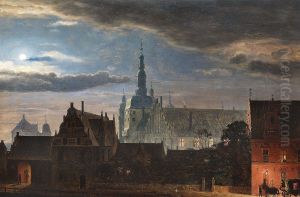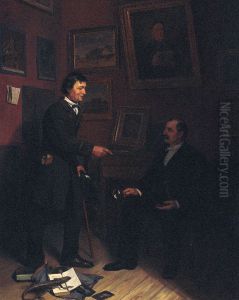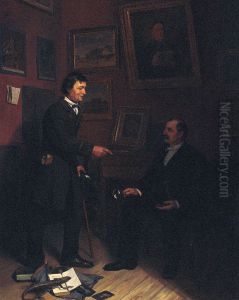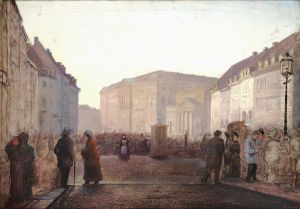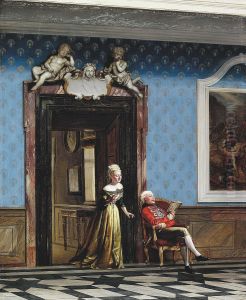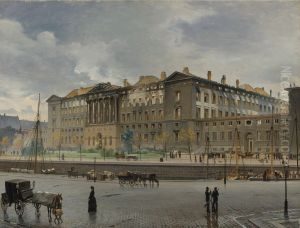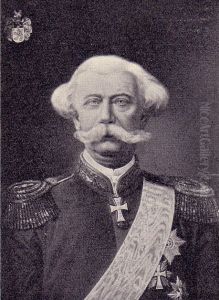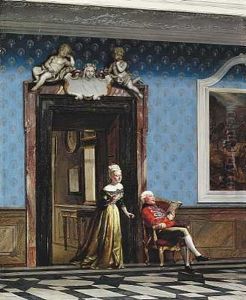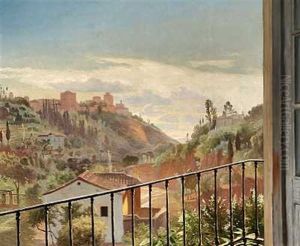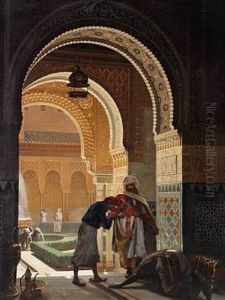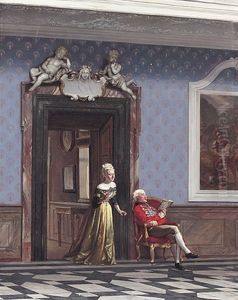Carl Christian Andersen Paintings
Carl Christian Andersen, also known as C.C. Andersen, was a Danish artist born in the year 1860. His work primarily spans the late 19th century and the early 20th century, a period that was rich in artistic evolution in Europe. Andersen is best recognized for his contributions to painting, although his artistic repertoire may also include works in other media.
Andersen's career unfolded during a time when art was undergoing significant transformations, with movements such as Impressionism, Post-Impressionism, and the early stages of Modernism taking shape. Despite these evolving artistic landscapes, Andersen's work often reflected a dedication to the more traditional aspects of painting, focusing on landscapes, portraits, and still life compositions. His style was characterized by a meticulous attention to detail, a vibrant palette, and an ability to capture the essence of his subjects with a remarkable realism.
Throughout his life, Andersen was an active participant in the Danish art scene. He exhibited his work at various important exhibitions, including those organized by the Charlottenborg Palace, a pivotal institution in the promotion of Danish art and artists. His contributions were recognized by his peers and the art community, earning him a respectable place among Danish artists of his time.
Despite his accomplishments, Carl Christian Andersen may not be as widely recognized internationally as some of his contemporaries. Nevertheless, his work remains an important part of Denmark's artistic heritage, offering insight into the country's cultural and aesthetic values during a period of significant change.
Andersen's legacy is preserved through his paintings, many of which are housed in Danish museums and galleries, serving as a testimony to his skill and artistic vision. His death in 1942 marked the end of a career that had spanned over six decades, leaving behind a body of work that continues to be appreciated by art enthusiasts and historians alike.
